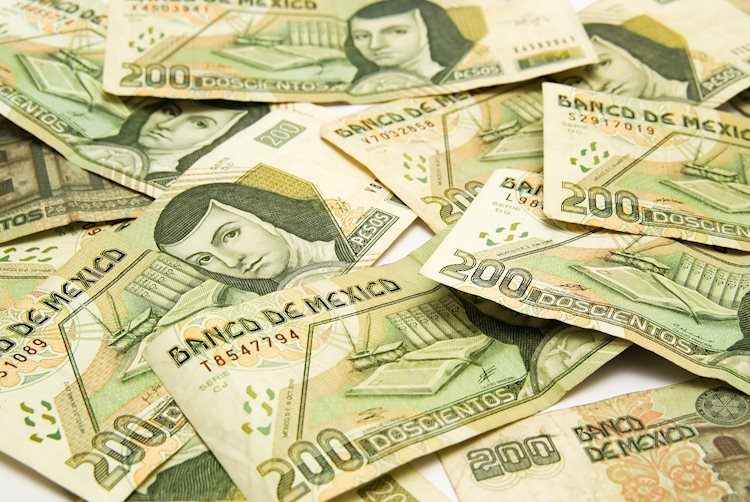The Mexican Peso saw a significant decrease against the US Dollar, with the USD/MXN reaching new yearly highs of 20.29. The US Dollar Index also climbed as Treasury yields increased, boosting the strength of the Greenback. Economic data from Mexico showed resilience, with improvements in Business Confidence and Manufacturing activity. However, the upcoming US elections added uncertainty for emerging market currencies. The USD/MXN traded at 20.26, up by 1.20%, with the index rising 0.41% to 104.31.
In Mexico, Business Confidence improved in October, the Unemployment Rate remained below 3%, manufacturing activity continued to expand, and foreign exchange reserves increased. The Bank of Mexico revealed that economists predict the economy to grow at a slower pace of 1.4%. On the other hand, in the US, the Bureau of Labor Statistics released disappointing Nonfarm payroll figures for October. The Institute for Supply Management Manufacturing PMI also fell to its lowest level since July 2023, impacting the USD/MXN.
The USD/MXN surged after the release of economic data, propelled by the US Dollar Index and an increase in Treasury yields. The upcoming US Presidential Elections added pressure on emerging market currencies, with investors uncertain about the outcome. The race for the White House between former President Donald Trump and Vice President Kamala Harris kept investors on edge, leading to a surge in long US Dollar positions ahead of the result.
The Mexican Peso faced pressure due to political turmoil in Mexico following the approval of a controversial judiciary reform and the resignation of several Supreme Court judges. Remittances in Mexico dropped by 4.6% in September, the largest decline in eleven years. Economic indicators showed mixed results, with Business Confidence improving, while Manufacturing PMI remained in contractionary territory. In the US, Nonfarm Payrolls were impacted by hurricanes and union strikes, causing the economy to add only 12k jobs.
Looking at the technical outlook for USD/MXN, the currency pair is eyeing the 20.50 level after reaching new yearly highs. If the pair breaks above 20.50, the next levels of resistance are at 20.57 and 20.82. Conversely, if the USD/MXN falls below 20.00, it could find support at 19.74 and the 50-day Simple Moving Average at 19.62.
The Mexican Peso, as the most traded currency among Latin American peers, is influenced by various factors such as the performance of the Mexican economy, central bank policies, foreign investment, remittances, and geopolitical trends. The objective of Mexico’s central bank, Banxico, is to maintain low and stable inflation levels, which can impact the value of the Mexican Peso. Macroeconomic data releases play a crucial role in assessing the state of the economy and can affect the valuation of the Mexican Peso. As an emerging market currency, the Mexican Peso tends to perform well during risk-on periods and struggles during times of market turbulence and economic uncertainty.










